Canary Islands Chiffchaff on the balcony
We’re in Gran Canaria for a few days and we’ve moved to Agaete, a coastal town. There’s a wonderful walk to Puerto de las Nieves, where a roll-on roll-off ferry is disgorging its nervous blinking drivers into the evening as my son and I admire the fresh-fish restaurants.
We agree to get up for the sunrise. In the morning we take one brief look at the cloud and decide to go back to bed. As I do, I hear the familiar ‘Chiff-chaff’ of a chiffchaff, except with a strong local accent, coming from the terrace. It’s a Canary Islands Chiffchaff, Phylloscopus canariensis:
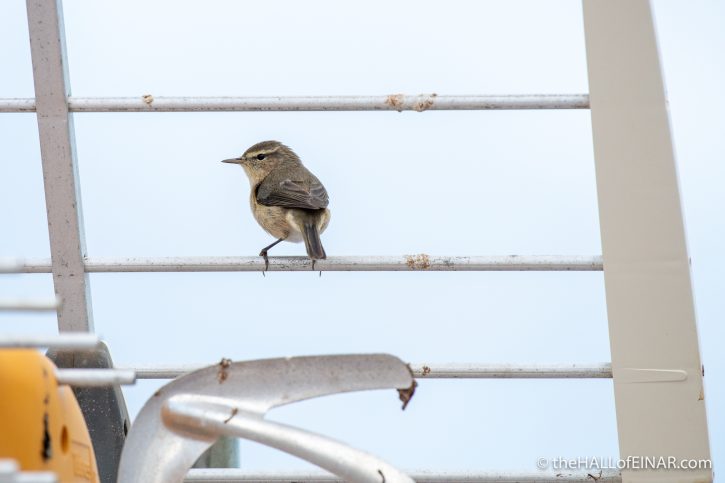
It’s a lovely little bird to watch.
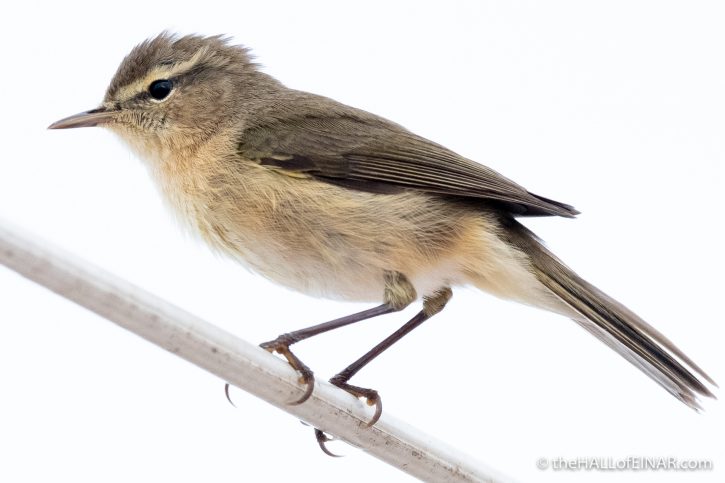
It’s a different species from the Common Chiffchaff I’m used to. My book says it has a ‘very short primary projection’. That means it has, like the Gran Canaria Canary Islands Robin, shorter, stubbier wings than its relatives. That must be an adaptation to island life. Why have long primary wing feathers if you’re not going to migrate huge distances? There’s not exactly anywhere to fly to that isn’t a significant risk to your life when you’re on a volcanic island off Africa.
One of my books also says it has a ‘long tarsus’. That means long legs, from its ankles (those backwards-facing ‘knees’) to its toes. The beak is ‘long and strong’. It also mentions the belly has a ‘strong buff tinge’.
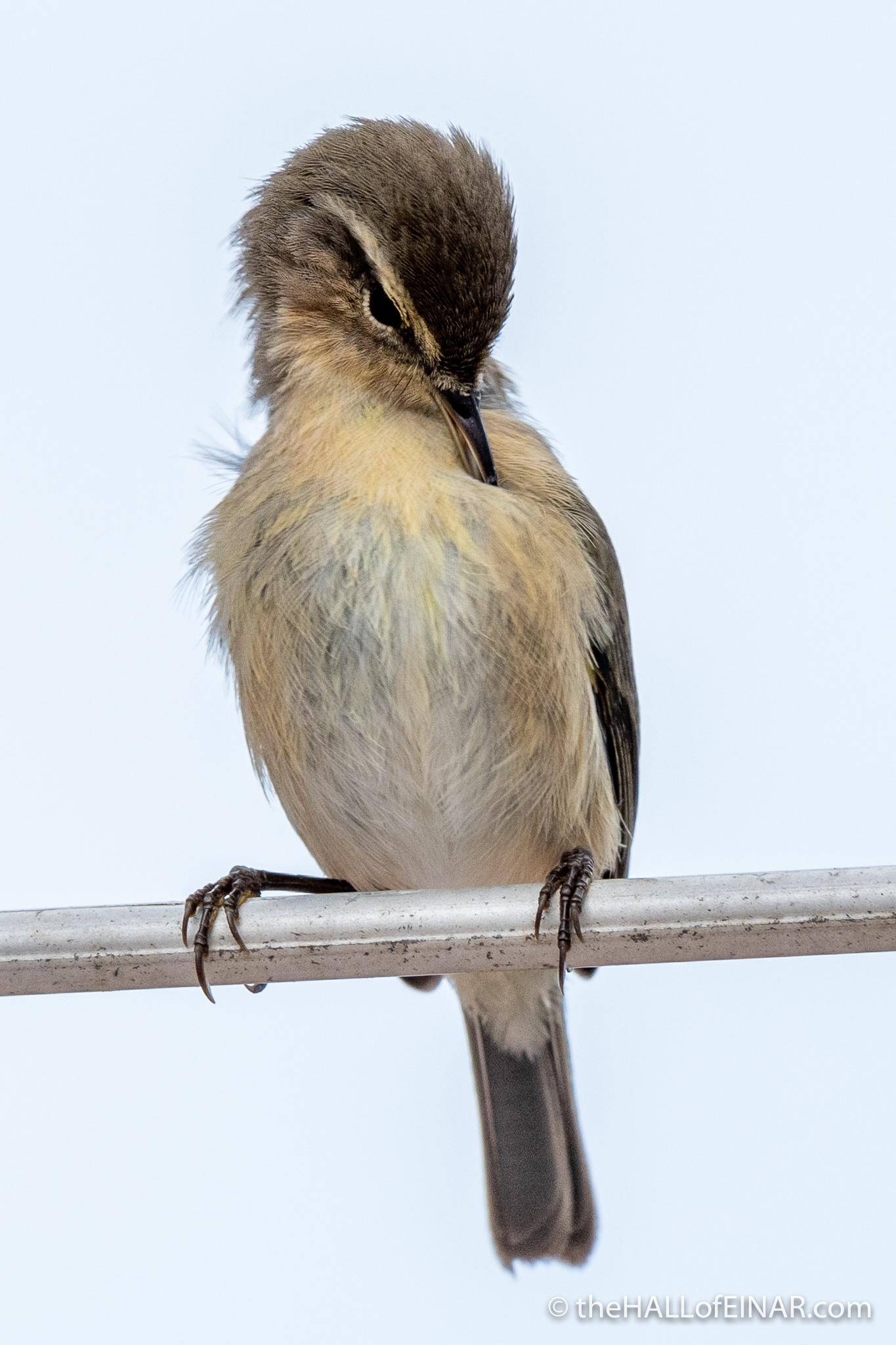
Perfect.
There’s also a Spanish Sparrow, Passer hispaniolensis, on the TV aerial. It’s a male with a very bold black pattern on its breast. It doesn’t get any closer.
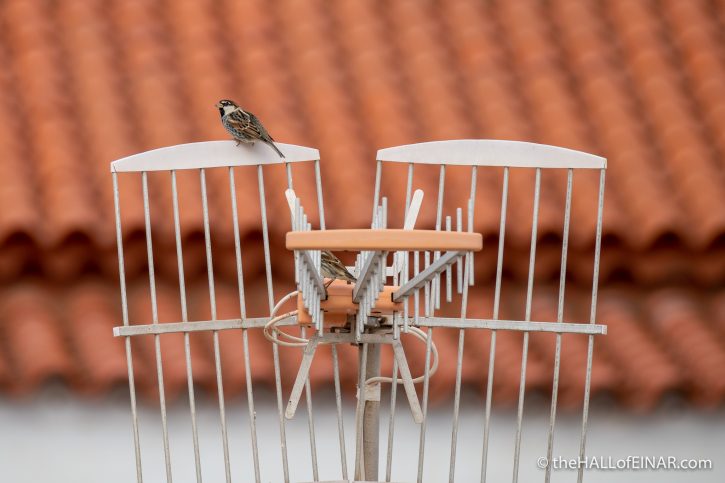
After a few furious flypasts, a Collared Dove settles on the rooftop opposite. I check and it appears that there are Eurasian Collared Doves and African Collared Doves here. I’m just reading about the subtle differences in size, shape and plumage when I decide I’d rather have breakfast.
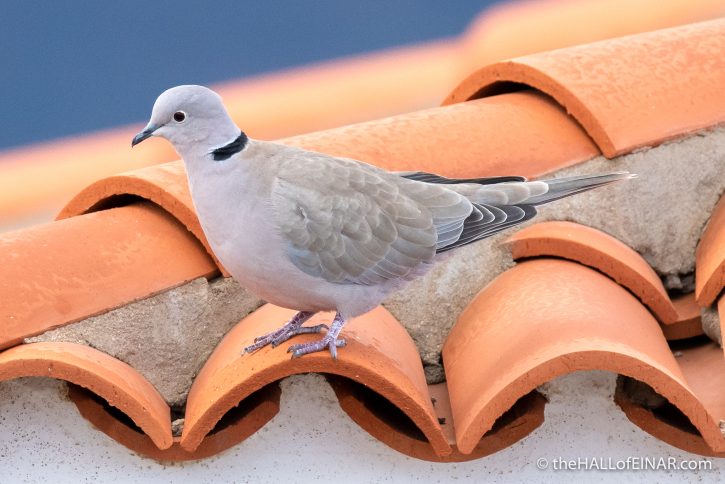
Cheers!
More from Gran Canaria
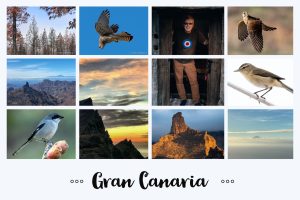 Gran Canaria – the outtakes It's been an incredible few days in Gran Canaria with my son. We've laughed and smiled at so many great… read more
Gran Canaria – the outtakes It's been an incredible few days in Gran Canaria with my son. We've laughed and smiled at so many great… read more Barranco de Barafonso My son has another photograph he'd like to take. He's researched it all and knows the route we'll be taking… read more
Barranco de Barafonso My son has another photograph he'd like to take. He's researched it all and knows the route we'll be taking… read more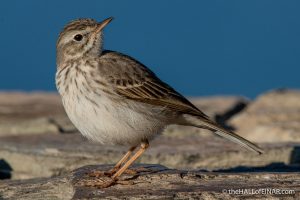 Pipit on parade Many of the plants on Gran Canaria have given up on having leaves. Some have evolved to simply have stems… read more
Pipit on parade Many of the plants on Gran Canaria have given up on having leaves. Some have evolved to simply have stems… read more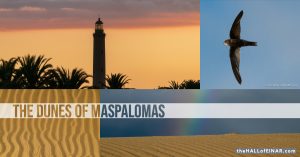 The dunes of Maspalomas My son has a specific photograph in mind and he wants to get it. He's a very driven young man.… read more
The dunes of Maspalomas My son has a specific photograph in mind and he wants to get it. He's a very driven young man.… read more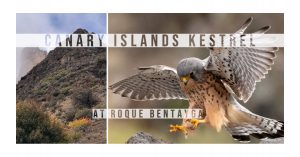 Incoming! We've diverted from our route slightly to visit Roque Bentayga on Gran Canaria. Looking down into the ravine, it's great… read more
Incoming! We've diverted from our route slightly to visit Roque Bentayga on Gran Canaria. Looking down into the ravine, it's great… read more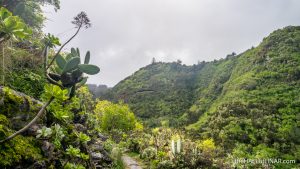 A Canary Islands Robin deep in the prehistoric Laurel forest A quick check reveals there's a stretch of original Laurisilva forest on our route through Gran Canaria. That's exciting. How… read more
A Canary Islands Robin deep in the prehistoric Laurel forest A quick check reveals there's a stretch of original Laurisilva forest on our route through Gran Canaria. That's exciting. How… read more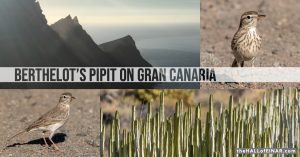 Bertholet’s Pipit on Gran Canaria Clear skies, winding roads, sea spray; what's not to like? We're driving on the GC-200 through Parque Natural Tamadaba on… read more
Bertholet’s Pipit on Gran Canaria Clear skies, winding roads, sea spray; what's not to like? We're driving on the GC-200 through Parque Natural Tamadaba on… read more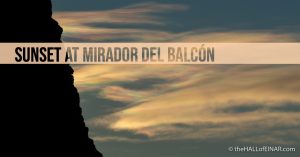 Sunset at Mirador del Balcón My son suggests a place he really wants to go in Gran Canaria. It's a viewpoint over the ocean at… read more
Sunset at Mirador del Balcón My son suggests a place he really wants to go in Gran Canaria. It's a viewpoint over the ocean at… read more